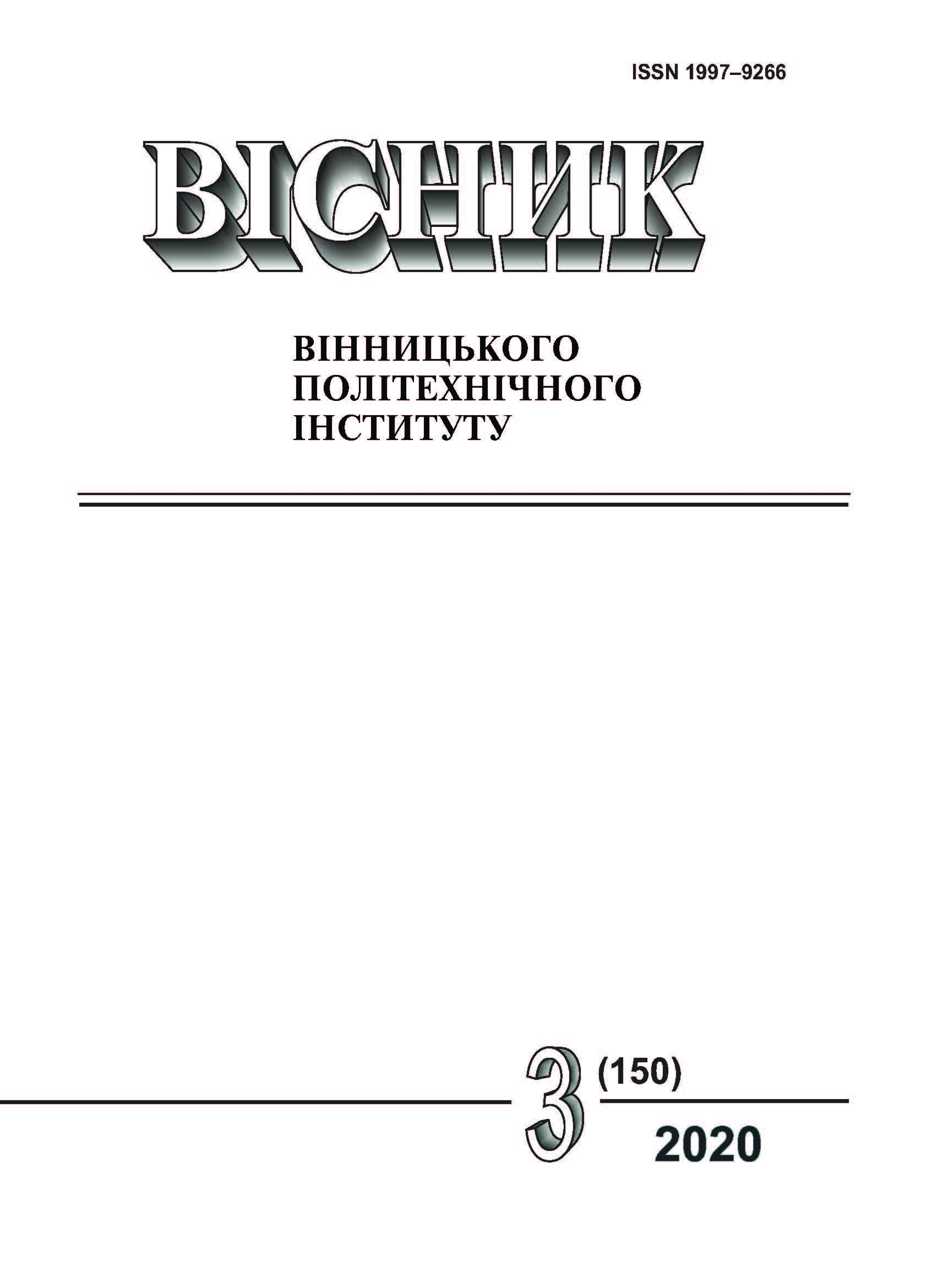Simulation of Gases from Pipelines in Emergency Situations
DOI:
https://doi.org/10.31649/1997-9266-2020-150-3-22-28Keywords:
main gas pipeline, emergency, defect, gas leakage, gas loss, leakage modelingAbstract
The article is devoted to the development of the theory of gas flow in gas pipelines, as well as the study of the practical issues of operating a gas transmission system. The flows studied in scientific work can occur during emergency ruptures of the pipeline wall, as well as in normal situations, in particular, during the purging and emptying of sections of the high pressure gas pipeline.
The equations of conservation of mass and changes in momentum, as well as the equations of energy, are shown for consideration, and the thermodynamic transformations occurring with the gas are shown. In the calculations, the distributions of gas velocity, pressure and temperature are built, and on this basis new, previously unknown effects are revealed, and known results and existing calculation methods are checked and refined.
Gas dynamics also developed, of course, as applied to the problems of design and operation of pipe pipelines. The operation of gas transmission systems is associated with many technological regimes when “simplified assumptions” contradict reality and do not allow revealing effects important for practice. The simplest estimates show that there are flows in gas pipelines that are characterized by high velocities, at which the inertia forces are very significant, and the gas temperature changes by tens of degrees as a result of compression and expansion of the flow. First of all, this refers to the processes that occur during gas leakage through openings during gas pipeline ruptures, as well as to technological operations associated with a partial passage of gas or its discharge into the atmosphere. This work is devoted to the study of just such phenomena.
In particular, the work carried out modeling of the gas leak due to a defect of a certain diameter in the body of the main gas pipeline, investigated the effect of changes in the diameter of the defect and the distance to the leak from the beginning of the stretch between compressor stations, on the pressure and temperature at the end of the stretch.
References
Robert E. Henry, “The two-phase critical flow of orifices and short tubes,” Journal of Heat Transfer, № 6, рp. 179-187, 1971.
Я. В. Дорошенко та ін., «Застосування сучасних програмних комплексів комп’ютерного моделювання для підвищення якості проектування та спорудження трубопроводів,» Науковий вісник ІФНТУНГ, № 2 (24), с. 117-120, 2010.
Я. В. Дорошенко та ін., «Дослідження динаміки руху газу фасонними елементами обв’язки компресорної станції,» Науковий вісник ІФНТУНГ, № 1 (40), c. 57-71, 2016.
Downloads
-
PDF (Українська)
Downloads: 1030
Published
How to Cite
Issue
Section
License
Authors who publish with this journal agree to the following terms:
- Authors retain copyright and grant the journal right of first publication.
- Authors are able to enter into separate, additional contractual arrangements for the non-exclusive distribution of the journal's published version of the work (e.g., post it to an institutional repository or publish it in a book), with an acknowledgment of its initial publication in this journal.
- Authors are permitted and encouraged to post their work online (e.g., in institutional repositories or on their website) prior to and during the submission process, as it can lead to productive exchanges, as well as earlier and greater citation of published work (See The Effect of Open Access).





